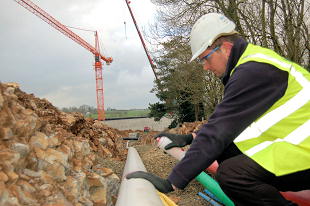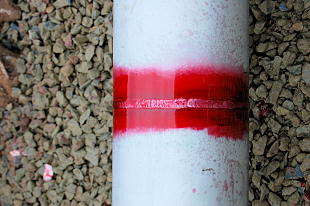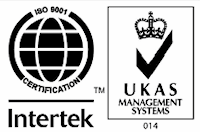Liquid Penetrant Inspection
Liquid Penetrant Inspection LPI (also known as Dye Penetrant Inspection DPI) is an effective method for location of surface breaking defects in materials with smooth non-porous surfaces such as stainless steels and other metals not prone to surface oxidation. There are many different techniques available with this versatile and sensitive NDT method.
The most used method is the application of a visible penetrant liquid to a pre-cleaned surface where it is allowed a "dwell time" in order for the penetrant to be drawn into surface breaking defects such as cracks and pores by capillary action. At this stage, the excess surface penetrant is removed and a developer consisting of an absorbent white powder in a volatile liquid carrier is applied sparingly to the surface of the test area.
A set development time is allowed in which penetrant will bleed from surface defects into the developer giving a highly visible indication.
Applications
When applied properly Liquid Penetrant Inspection LPI provides very good defect resolution and is used extensively for:
- Welded fabrications in magnetic material
- Locating fatigue cracks in items subject to cyclical stress



